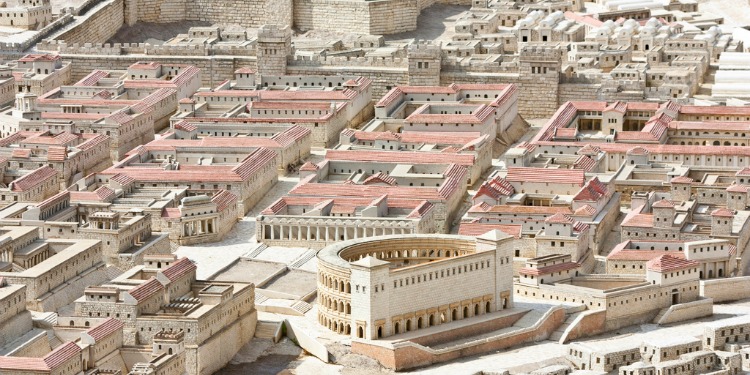An Archaeology Lesson for UNESCO
The Fellowship | October 18, 2016

The U.N. vote ignoring Judaism’s ties to the Temple Mount has been panned by many. But writing at The Times of Israel, Zachi Dvira, an Israeli archaeologist and co-director of the Temple Mount Sifting Project, provides concrete evidence proving it as a Jewish holy site:
The existence of the Jewish Temples is beyond any doubt. There is substantial evidence in the numerous historical sources that witnessed them, including Pagan historians who were not influenced by the Jewish or Christian tradition, such as Berossus (3rd Century BCE), Menander of Ephesus (2nd Century BCE), Hecataeus of Abdera (c. 300 BCE), Mmaseas of Patara (c. 200 BCE), Diodorus of Sicily (1st century BCE), Strabo (1st century BCE), Tacitus (1st Century CE) and many others.
Although it is not possible in today’s political climate to conduct a proper archaeological excavation on the Temple Mount, there are many archaeological finds that support the almost universally accepted fact: it is the site of the Jewish Temples. Many of the artifacts come from the Temple Mount Sifting Project, and many others can either still be observed at the Temple Mount, were found accidentally during renovations, or were found in archaeological excavations at surrounding sites…
The Beit Hatekia Inscription – Archaeologist Prof. Benjamin Mazar in 1972 found this Hebrew inscription which had fallen from the south-western corner of the Temple Mount and was found in the rubble being excavated by archaeologists excavating nearby. The stone carries the inscription “lebeit hatekia lehakhriz” which means “to the house of the blowing of the trumpet to announce.” Jewish historians and rabbinical sources described the custom of blowing the trumpets from the Temple Mount in order to announce the time of the sabbath and sacred holy days (Sukka 5: 5; Babylonian Talmud Shabat 35: 2; Tosefta Sukka 4; Wars IV, X, 12)…
Eastern Wall’s section from the First Temple Period –The lower courses north and south of the Golden Gate in the eastern wall are dated by Temple Mount scholars to the First Temple Period (see Leen Riymeyer, The Quest 2006). The drafting of these stones resembles masonry stones from walls in other sites dated to the First Temple period…
